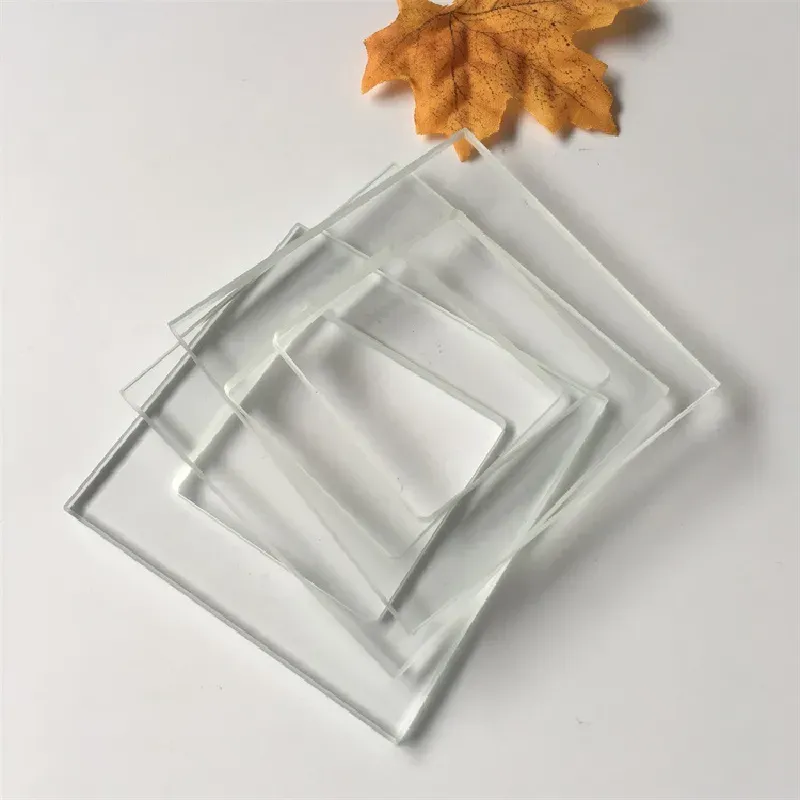Apr . 16, 2025 15:34 Back to list
The Advantages and Applications of Low Iron Solar Glass
Low iron solar glass is a specialized type of glass designed to maximize light transmission while minimizing impurities that can reduce efficiency. Unlike standard glass, which contains iron oxides that give it a greenish tint, low iron glass offers superior clarity, making it ideal for solar applications where optimal light absorption is crucial. This material is widely used in photovoltaic modules, greenhouses, and architectural designs requiring high transparency. Below, we explore its properties, manufacturing process, and key applications.
Properties and Manufacturing of Low Iron Solar Glass
First of all, low iron solar glass is produced using carefully selected raw materials where iron oxide content is rigorously controlled to remain below 0.01%. This precise formulation results in significantly higher light transmittance compared to conventional soda-lime glass, with typical values exceeding 91% across the visible spectrum. The reduced iron content eliminates the characteristic greenish tint found in standard glass, particularly noticeable at the edges of thicker panels, ensuring truer color representation and minimal optical distortion. This property is particularly valuable in solar applications where every percentage point of light transmission directly impacts energy conversion efficiency.
Besides clarity, the manufacturing process incorporates advanced tempering techniques to enhance the structural integrity of the glass. The tempering process involves heating the glass to approximately 700°C followed by rapid air quenching, creating compressive stresses on the surface that improve impact resistance and thermal stability. For applications requiring both solar efficiency and light control, ရောင်စုံ tempered မှန် variants are produced by adding specialized coatings or interlayers that filter specific wavelengths while maintaining high overall transparency. These specialized versions are particularly useful in building-integrated photovoltaics (BIPV) where both energy generation and architectural aesthetics are important considerations.
In addition to tempering, many manufacturers apply multi-layer anti-reflective coatings using magnetron sputtering or chemical vapor deposition techniques. These nano-scale coatings are engineered to minimize light reflection across a broad range of incident angles, typically reducing reflectivity from about 8% to less than 2% per surface. For applications demanding additional safety features, ရောင်စုံ laminated မှန် configurations incorporate polyvinyl butyral (PVB) or ethylene-vinyl acetate (EVA) interlayers between two or more glass plies. These interlayers not only provide shatter resistance but can also be formulated to offer specific spectral transmission properties, making them suitable for specialized solar applications or security-conscious installations.
Key Applications of Low-Iron Solar Glass
One of the primary uses of low-iron solar glass is in photovoltaic panels. Its high transmittance ensures maximum energy conversion, making it a preferred choice for solar farms and rooftop installations. The material is also used in solar greenhouses, where its clarity promotes optimal plant growth by allowing more natural light to penetrate.
Furthermore, low iron glass is employed in architectural designs requiring pristine transparency. It is used for low iron glass panels in skylights, facades, and atriums. In residential settings, tinted window glass for house installations can incorporate low iron glass to balance natural light intake with energy efficiency.
Another notable application is in interior design, where low iron glass shelves and display cases are favored for their crystal-clear appearance. Retail stores and museums use these shelves to showcase products and artifacts without visual distortion. Additionally, low iron mirror variants are used in high-end decor, providing reflections free from the green tint found in standard mirrors.
Innovations and Future Developments in Low Iron Glass Technology
Finally, advancements in low-iron glass technology continue to expand its applications. U-profile glass နှင့် U-shaped glass are emerging as innovative solutions for curved and structural glazing. These variants maintain the material’s high clarity while offering enhanced flexibility in design.
Research is also focused on improving the anti-reflective and self-cleaning properties of low-iron solar glass. These developments aim to increase efficiency and reduce maintenance costs in solar installations. As sustainability becomes a priority, the demand for energy-efficient materials like low-iron glass is expected to grow significantly.
In conclusion, low-iron solar glass is a versatile material with critical applications in renewable energy, architecture, and design. Its superior transparency, durability, and adaptability make it an essential component in modern construction and solar technology. Future innovations will likely further enhance its performance and broaden its use across industries.

-
What is the Difference Between Float Glass and Normal Glass?
သတင်းMay.30,2025
-
Differences Between Float Glass, Tempered Glass and Laminated Glass
သတင်းMay.29,2025
-
The Wonders of Ultra Clear Glass: Perfect Clarity for Every Application
သတင်းMay.16,2025
-
The Benefits of Wired Glass: Durable, Stylish, and Safety-First
သတင်းMay.16,2025
-
The Beauty of Pattern Glass
သတင်းMay.16,2025
-
Tempered Glass for Sale
သတင်းMay.16,2025
ဆက်စပ် PRODUCTS














